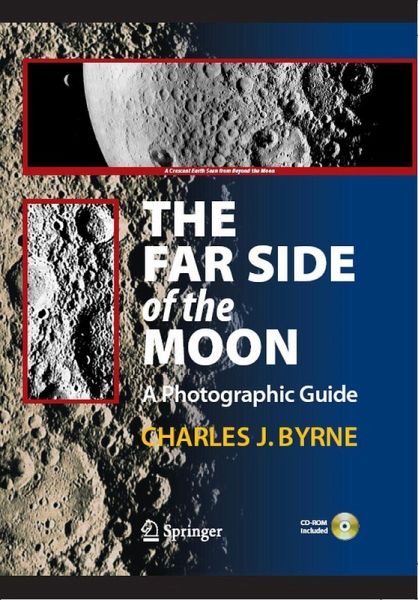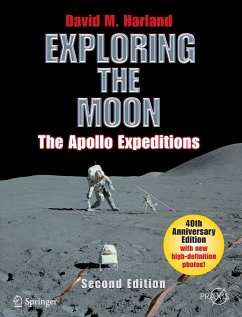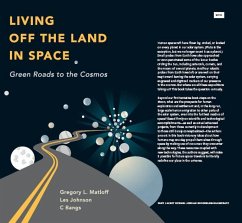
The Far Side of the Moon (eBook, PDF)
A Photographic Guide
Versandkostenfrei!
Sofort per Download lieferbar
24,95 €
inkl. MwSt.
Weitere Ausgaben:

PAYBACK Punkte
12 °P sammeln!
This stunning book is a companion for Byrne's award-winning Lunar Orbiter Photographic Atlas of the Near Side of the Moon [Springer, 2005]. It provides the most detailed and beautiful coverage to date of the far side of the Moon. Because the far side is permanently turned away from the Earth and cannot be viewed by Earth-based astronomers, this book is not organized as an atlas but instead as a complete photographic survey. As in Byrne's previous volume, the author has taken the original images of the far side of the Moon and cleaned them of system artefacts using modern digital image processi...
This stunning book is a companion for Byrne's award-winning Lunar Orbiter Photographic Atlas of the Near Side of the Moon [Springer, 2005]. It provides the most detailed and beautiful coverage to date of the far side of the Moon. Because the far side is permanently turned away from the Earth and cannot be viewed by Earth-based astronomers, this book is not organized as an atlas but instead as a complete photographic survey. As in Byrne's previous volume, the author has taken the original images of the far side of the Moon and cleaned them of system artefacts using modern digital image processing. This is the first book to explain why the far side of the Moon looks so different from the near side, and it describes the newly discovered 'near side megabasin'.
Dieser Download kann aus rechtlichen Gründen nur mit Rechnungsadresse in A, B, BG, CY, CZ, D, DK, EW, E, FIN, F, GR, HR, H, IRL, I, LT, L, LR, M, NL, PL, P, R, S, SLO, SK ausgeliefert werden.













